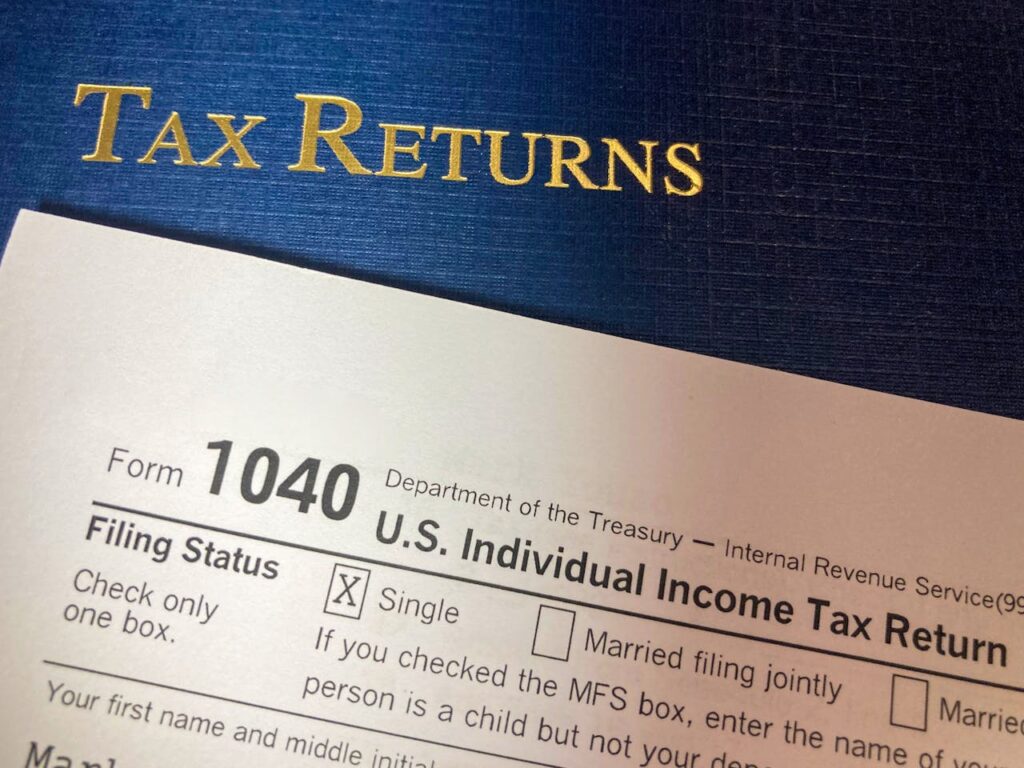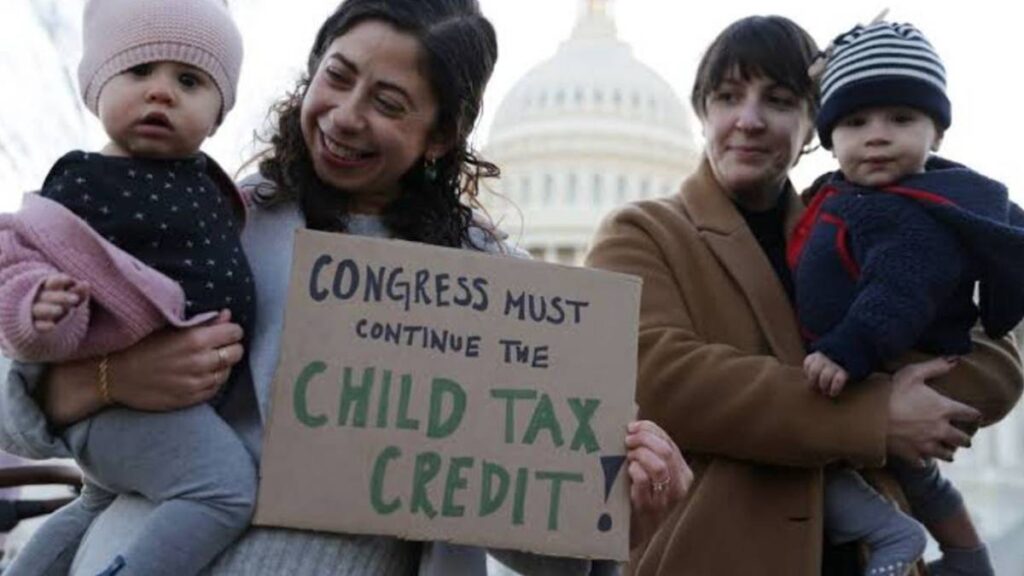All things being equal, tax-paying American families should start receiving monthly child tax credit payments by July.

This information was made public by Chuck Rettig, the IRS Commissioner. In a recent statement, he testified before the Senate Finance Committee and inferred that the portal for the said payments will be launched on July 1.
Old Wine, New Skin
According to a professor of early learning policy studies, Lisa Gennetian, the child tax credit is not a new financial instrument. However, the expanded version is poised to empower financially struggling families and tangibly reduce child poverty.

Gennetian explains that the July kickoff of the expanded child tax credit would be the first time the US is adopting it as a poverty alleviation strategy.
What Is Child Tax Credit?
In simple terms, a tax credit is a legitimate deduction that a taxpayer can make on their tax payment. In the case of the child tax credit, parents and caregivers who qualify have a given amount deducted from their tax payments.

Besides the deductions for child tax credits, some taxpayers get tax refunds during tax season.
Biden’s Tax Reform
Likewise, the refund can be scheduled as a monthly advance, so far as the concerned party turns in their tax filing by April 15.

While President Joe Biden has signed the American Rescue Plan Act since March 2021, beneficiaries will start receiving the first set of payments by July 2024. This scheme is expected to cut child poverty in half after its full adoption.
Bringing Americans Up To Speed
During Rettig’s sion atSenate meeting, he explained that his commission has made the child tax credit portal user-friendly.

Likewise, they want to sensitize Americans about the scheme and how each family can benefit from it. Rettig said, “We have already put our teams together and our working groups together and we’re looking at communication strategies and all the rest.”
The American Rescue Plan Act
The American Rescue Plan Act, which was passed into law in March 2021, provided a $1.9 trillion stimulus to make the Child Tax Credit a reality.

For each tax year, eligible caregivers or parents will get as much as $3,600 for each child, 5 years and below. Meanwhile, those with kids aged 6 to 17 will get a $3,000 tax credit per child.
Credits Subject to Time of Tax Filing
However, beneficiaries need to file their tax returns before April 15 to enjoy these tax credits. For example, if you want to enjoy the credit on your 2023, it is essential that the filing be turned in before April 15, 2024.

According to Professor Gennetian, the IRS will send you a check if you have any surplus after the credit deductions.
The Old and the New
It may take 6 to 8 weeks for the check to arrive in your mailbox. Unlike the child credits in force before the American Rescue Plan Act, the new credit has some added benefits.

One, the eligibility age of the children has been reviewed upward to cover a wider pool. Likewise, unemployed parents and caregivers can now benefit from the credit.
Expanded Tax Credit Is Better
In the previous child credit program, the beneficiary parent or caregiver will have to show evidence of a minimum income of $2,500. That requirement has now been waived.

In addition, eligible beneficiaries can get an advance on their child tax credit benefit. For example, they can get monthly payments of $250 or $300, up to half of their total annual credit payment.
A Road to Poverty Eradication
The Poverty to Prosperity Program (PPP) also points out that this new child tax credit will cut down the national incidence of poverty. According to Alexandra Cawthorne Gaines, vice president of the PPP, “The impacts on racial disparities are very dramatic.”

When families get a pseudo-subsidy for the care they provide to their children, such families find the journey to financial freedom a bit easier.
Indigent and Income-Earning Beneficiaries
The traditional tax credit awards $2,000 annually for each child under 17. However, the expanded child tax credit is very attractive to parents and caregivers.

Currently, in addition to the indigent beneficiaries of the expanded tax credit, income-earning parents or caregivers can also benefit from the scheme.
Tax Credit for the Needy
Beneficiaries earning between $75,000 and $150,000 are eligible. However, above $200,000, the benefit begins to taper off.

The expanded child tax credit’s six-month monthly payment will be forwarded to the beneficiaries’ bank accounts. Subsequent benefits will be in lump sums.

